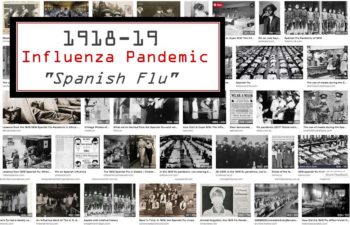The U.S. Pure Food and Drugs Act signed
On June 30, 1906 President Theodore Roosevelt signed the Pure Food and Drugs Act 1906, known as the Wiley Act, "a pillar of the Progressive era." This Act "brought about a radical shift in the way Americans regarded ...the foods we eat and the drugs we take to restore our health", and was the "cornerstone" for todays Food and Drug Administration (FDA) [1, 2] The Division of Chemistry began investigating the adulteration of agricultural commodities as early as 1867. When Harvey Washington Wiley arrived as chief chemist in 1883... [4] After July 1901 the Division became the Bureau of Chemistry, which was the agency that Congress tasked to carry out the 1906 Pure Food and Drugs Act, the milestone that marks the beginning of the modern FDA. [5] The act came about because at the time in "the early 20th century, Americans were inundated with ineffective and dangerous drugs, and adulterated and deceptively packaged foods." The act "marked a monumental shift in the use of government powers to enhance consumer protection by requiring that foods and drugs bear truthful labeling statements and meet certain standards for purity and strength." Though the "law offered no way to remove inherently dangerous drugs..> READ MORE





